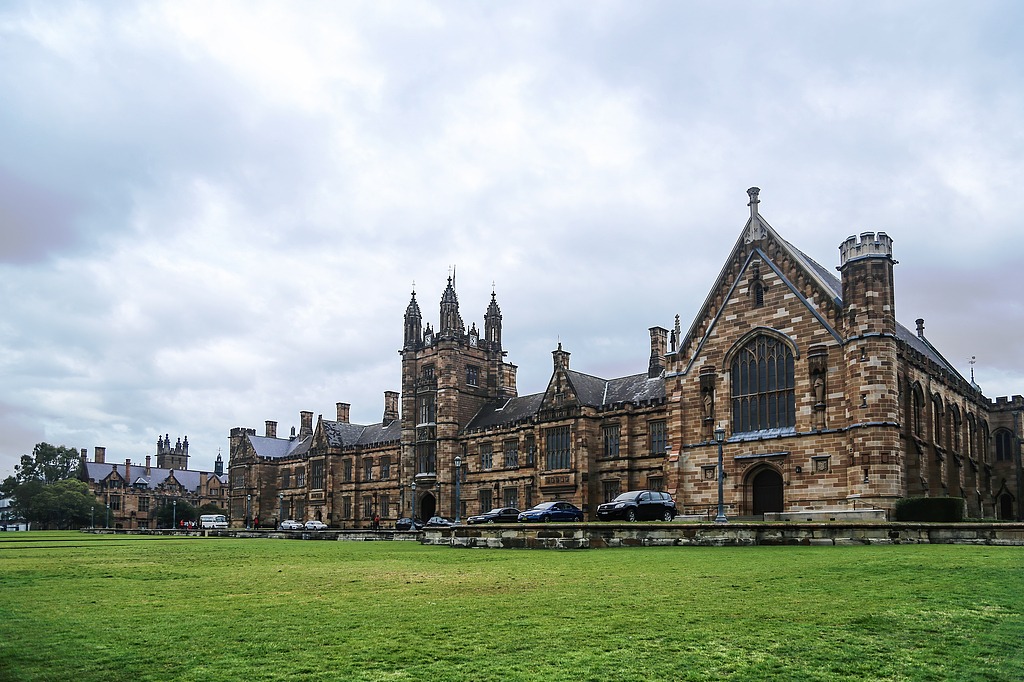Bilingual signs and mobile payments help fuel tourism between nations


Since marking the 50th anniversary of their diplomatic relations in 2024, China and Malaysia have ushered in a new era of cooperation, underpinned by a strong revival in two-way tourism and deepening cultural exchanges, according to senior Malaysian officials.
Tiong King Sing, Malaysia's minister of tourism, arts and culture, said that over the past five decades, the two countries have upheld a philosophy of mutual respect and win-win cooperation, yielding substantial achievements in trade, culture, and people-to-people exchanges. Tourism, in particular, has become a vital bridge that brings people closer, he said.
According to the ministry's latest statistics, Malaysia welcomed 37.96 million international tourists in 2024, generating 106.7 billion ringgit ($23.89 billion) in foreign exchange earnings. Overnight visitors reached 25.01 million, reflecting a 24 percent year-on-year increase.
In 2024, Malaysia welcomed approximately 3.7 million Chinese tourists, with expectations to reach 5 million this year. China became Malaysia's third-largest source of overnight international visitors, accounting for 3.29 million arrivals — a surge of 1.81 million compared to 2023, marking the highest growth among all source countries.
To accommodate this rapid growth, Malaysia has significantly expanded its air connectivity with China. As of January, the number of weekly round-trip flights between the two countries reached more than 500, offering a combined weekly capacity of over 100,000 passengers.
"We plan to launch even more direct flights to additional Chinese cities this year," said Tiong. "This expansion is laying a solid foundation for reaching our target of welcoming 6 million Chinese tourists annually."
The growth in tourism has been further propelled by reciprocal visa-free policies. Starting in December 2023, both China and Malaysia implemented mutual visa exemptions for short-term travel. In June 2024, China extended its visa-free entry for Malaysian citizens through the end of 2025. In return, Malaysia extended visa-free access for Chinese visitors until the end of 2026.
These efforts reflect both diplomatic goodwill and a broader strategic vision to enhance people-to-people connectivity, said Lee Thai Hung, deputy director-general of Tourism Malaysia, underlining the importance of the Chinese market.
"China remains one of our most important tourism markets," Lee said. "We aim to attract 35.6 million international visitors and generate 147.1 billion ringgit in tourism revenue by 2026. The sustained growth of Chinese tourist arrivals will play a crucial role in achieving that target while further strengthening economic and trade ties between our nations."
To enhance the travel experience for Chinese tourists, Malaysia has prioritized cultural and technological adaptability. Chinese signage has been installed at airports, hotels and major attractions. Additionally, widely used digital payment platforms such as Alipay and WeChat Pay have been rolled out across the country to offer greater convenience.
"Chinese tourists can now enjoy a seamless payment experience, dine on familiar Chinese cuisine or try local specialties like bak kut teh and durian," said Lee. "We want them to feel at home while discovering what makes Malaysia unique."
Beyond tourism, cultural cooperation between the two countries is also thriving. China and Malaysia have jointly agreed to apply for UNESCO recognition of the lion dance making the Representative List of the Intangible Cultural Heritage of Humanity. "This initiative highlights our shared commitment to preserving cultural traditions and adds new energy to grassroots cultural exchanges," Lee added.
Malaysia also showcased its cultural and tourism appeal as the guest of honor at the China International Travel Mart in Shanghai last November. The country presented a wide array of offerings, from natural landscapes and wellness tourism to multicultural heritage and gourmet cuisine.































